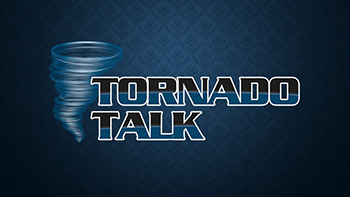
Tornado Talk took the online weather world by storm in 2016 with a quickly popular podcast (you can listen to old ones on YouTube). It has since transformed into a leading online repository of historical tornado information.
Run by meteorologist Jennifer Narramore, the site contains more than 1,000 maps, over 400 event summaries, and new tornado history is added regularly. Speaking as a tornado aficionado and someone who has browsed the site on numerous occasions — it’s the type of place you can get lost for hours.
See more: TornadoTalk.com | Twitter | Facebook
Given our mutual fascination with wind that spins, I figured it would be great to hear how Narramore got into studying tornadoes and also get a hint at what she’s working on these days. She was kind enough to allow us to post the Q&A session here.
What got you into focusing on tornadoes?
Jennifer Narramore: Dan Holiday who was the co-host of the Tornado Talk podcast, came to me with the idea about telling these twister stories. I have been a radio broadcast meteorologist for over 20 years and have covered many tornado events in real-time but had never really gone back and explored older events. I did all the research for the shows and really enjoyed looking back in the archives. I would spend hours digging into the details! We created 36 amazing podcast episodes that I am very proud of. After Dan decided to move on from the show, I re-invented the Tornado Talk site and focused on history writing and map creating. I was too hooked on tornado history not to see where Tornado Talk could go next!
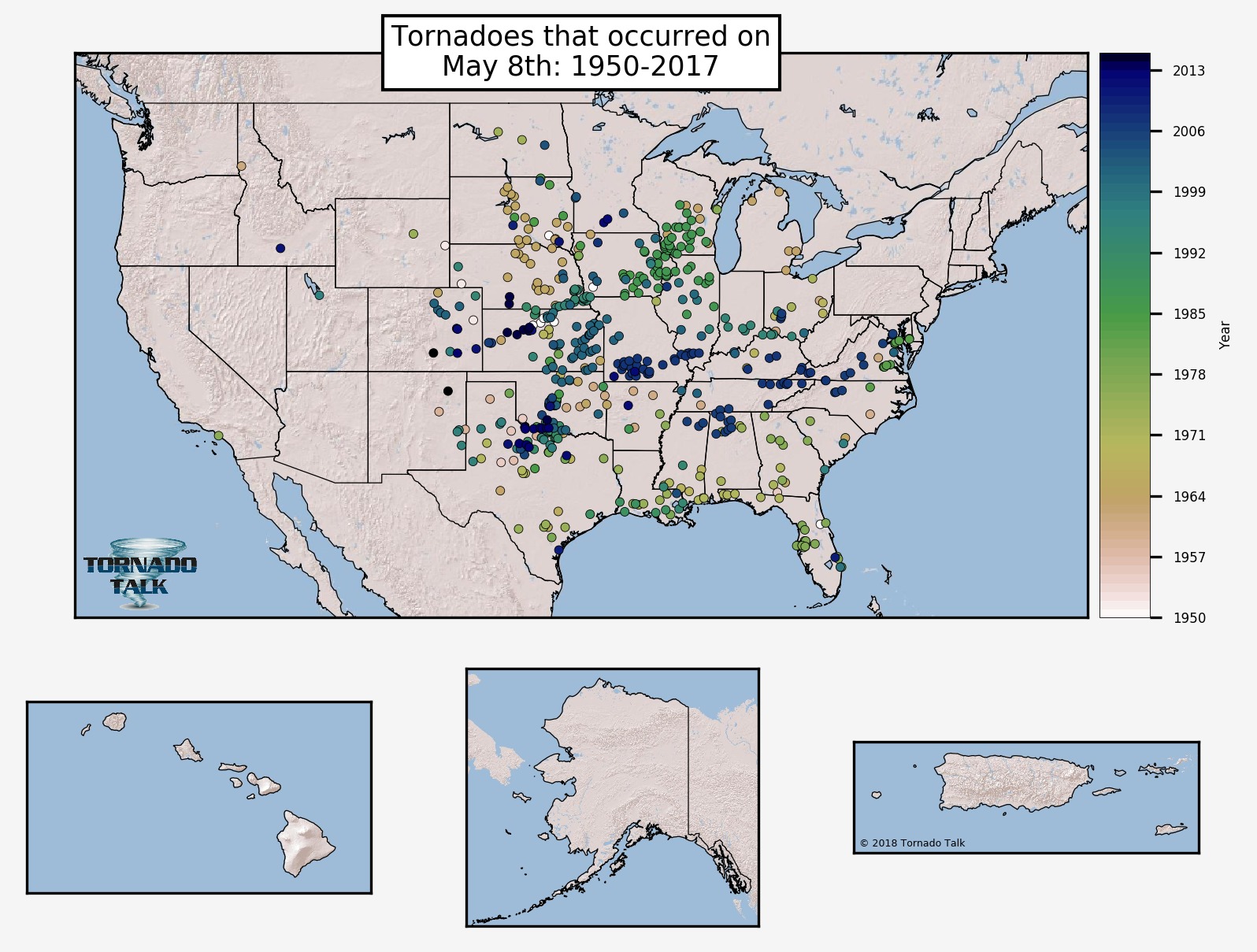
How do you do your research?
JN: The whole goal of the Tornado Talk website is to give readers a glimpse into “On This Day” in tornado history.
When you go on the website, you immediately see a calendar, which contains links to summaries of various tornadoes, as well as maps and graphs showing what happened on that day.
I start my research for the summaries by looking at the Storm Prediction Center Database. We extrapolated all the data per day beforehand to make the “data digging” slightly easier (which you can also access on the site in CSV and PDF form).
My focus has been on picking events that have a rating of F/EF3 or higher. I then look at path length, width, injury and fatality count and begin searching through my resources. I use the NCDC Database to look up an event, verify the data and grab county coordinates for the path. I then look up the event in the Storm Data Narratives (and if it is an event in the 1950s, in the Climatological Data National Summary). If it is an event from 1995 or earlier, I grab all I can from Significant Tornadoes by Thomas Grazulis. I could not write these events without his expertise.
After that, I do a simple Google search and see what else I can find. Are there summaries on the NWS sites? Are there any AMS articles? Who else has blogged about the event? I add all I can find: Radar, Satellite, Images, YouTube videos, etc.
My last search is on newspapers.com. This is an amazing source and I recommend it for anyone interested in history. For most of the events I have written, there are at least 3–4 images or articles from newspapers.
Have you had any particularly interesting journeys while seeking information on a tornado or a tornado outbreak?
JN: Probably the most amazing journey has been into a friendship with Thomas Grazulis. For those who love tornadoes and tornado history, you probably have his big green book, Significant Tornadoes. He joined Twitter shortly after I re-vamped the brand and he started following Tornado Talk. He has looked at almost every summary I have written. I don’t shy away from discrepancies I find in the record and he has given me tremendous insight into why those discrepancies exist. He is an overwhelmingly wealth of knowledge on tornado history. He truly is someone I admire and very grateful for all I have learned from his so far!
Any events stand out as extraordinarily memorable?
JN: There are so many events that have been fascinating to look at, but here are three that popped into my mind:
- From the podcast days: The Jarrell, TX F5 Tornado – May 27, 1997. This was the most powerful podcast we put together for a number of reasons, namely the people we interviewed. I had the honor of interviewing Lon Curtis who gave us his entire chase account of this momentous day. Dr. Don Greene from Baylor University gave us details from a forensic meteorology view of this event. In addition, we had an emotional interview with Linda Moering, whose brother and his entire family were killed at their home.
- I found myself stuck in 1936 during the early part of April of this year. There were several destructive tornadoes that hit parts of the south during this time. I dug deep into finding out more about the Gainesville, GA Tornadoes of April 6, 1936. I found some great information on this event from Thomas Grazulis, the May 1936 Monthly Weather Review and from the Digital Library of Georgia. This was more than likely a tornado family, with an estimated rating of F4. More than 200 people lost their lives. Here is an excerpt from the Tornado Talk summary: “The largest death toll in a single building for any US tornado occurred at the Cooper Pants Factory (Grazulis, pg. 866). This was a two-story factory on the corner of West Broad and Maple streets about two blocks southwest of public square. Per the Digital Library of Georgia, ‘Many of the 125 factory workers, most of whom were young women and children, scurried to the basement for protection when the tornado struck. Tragically, the weakened building collapsed and burst into flames, trapping many and ultimately killing at least sixty workers.” That event at the Cooper Pants Factory is one of the most tragic I have researched.
- Zero-Vimville, MS F3 Tornado – March 10, 1992: I ran across a story in the newspaper articles while researching this event about 3-month-old child named Thomas Moody. He was found hanging upside-down in a pine tree after this twister hit his families’ mobile home in Zero and he miraculously survived given the conditions. I found a few follow-up articles about Thomas growing up as the “Miracle Baby”.
Are there aspects of tornado history you like to focus on more than others?
JN: This is a hard one to answer! I truly enjoy every aspect of digging into the events. I start with the basic information and watch the story fill in as I do the research. I enjoy finding the unique aspects of an event. There are so many details in older newspaper articles and they always noted the oddities. For example, I wrote a summary about an estimated F2 tornado on January 25, 1933 in Barwick, GA. The Thomasville Times Enterprise reported that a tobacco barn near Barwick was completely destroyed, “but the brick pillars on which it rested were picked up and moved intact a few feet across the road.”
It has also become very important to me to share as much as I can about those who have died in a tornado event. I want to give their life meaning.
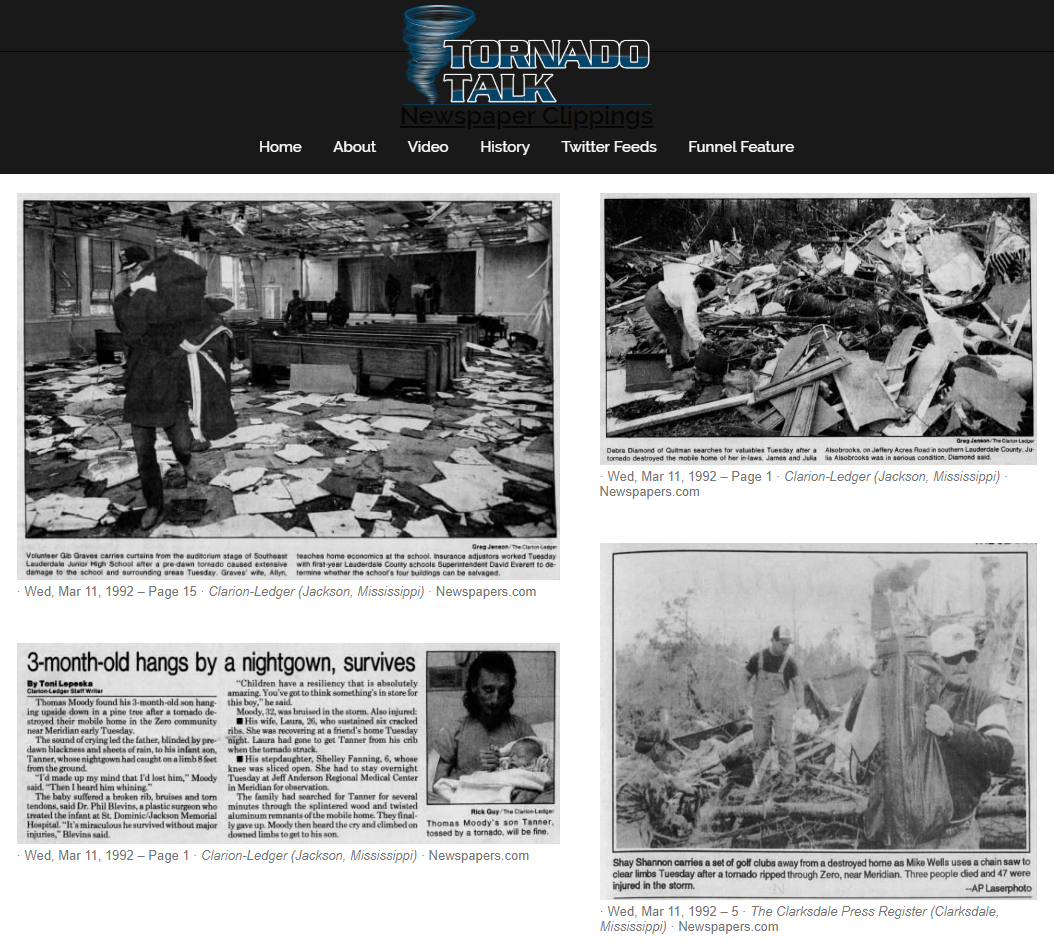
What are you working on now? Plans for the future?
JN: Over the past few months, I have been revamping the summaries, putting them in a standard format and I have new mapping software and I have been re-creating the path maps. I am also still writing new summaries, although right now not daily.
I was asked by the Storm Front Freaks podcast at the end of 2018 if I would like to do a tornado history segment for them. I am producing a 3-5 minute story, in audio and video form, that is a part of the show. I also post these stories on our YouTube channel. It has been a lot of fun putting those together.
I have on the books my first speaking engagement! It has been a hope of mine to be able to partner with libraries and history centers to talk about tornado history for a state or county. I will be talking to a library in Ohio about tornadoes, safety and historic events. Goals for the future? One of my main goals is to grow the Tornado Talk website. I want to add more and more detailed summaries. I would like to create a more interactive experience for the end user: a searchable database by city, county, date, etc. The user pulls up not just the basic data about a tornado but they can see damage details, radar, newspaper clips, etc. I would like to add tornado stories from those who lived through the event and make this a real crowdsourcing effort. I have thought about doing some book writing as well and to gather more speaking engagements. It is my hope that I can find a revenue stream to help support these endeavors and to keep getting folks hooked on tornado history
Latest posts by Ian Livingston (see all)
- Top tornado videos of 2023 - January 1, 2024
- March 31, 2023 tornado outbreak videos - March 31, 2023
- Top tornado videos of 2022 - December 31, 2022
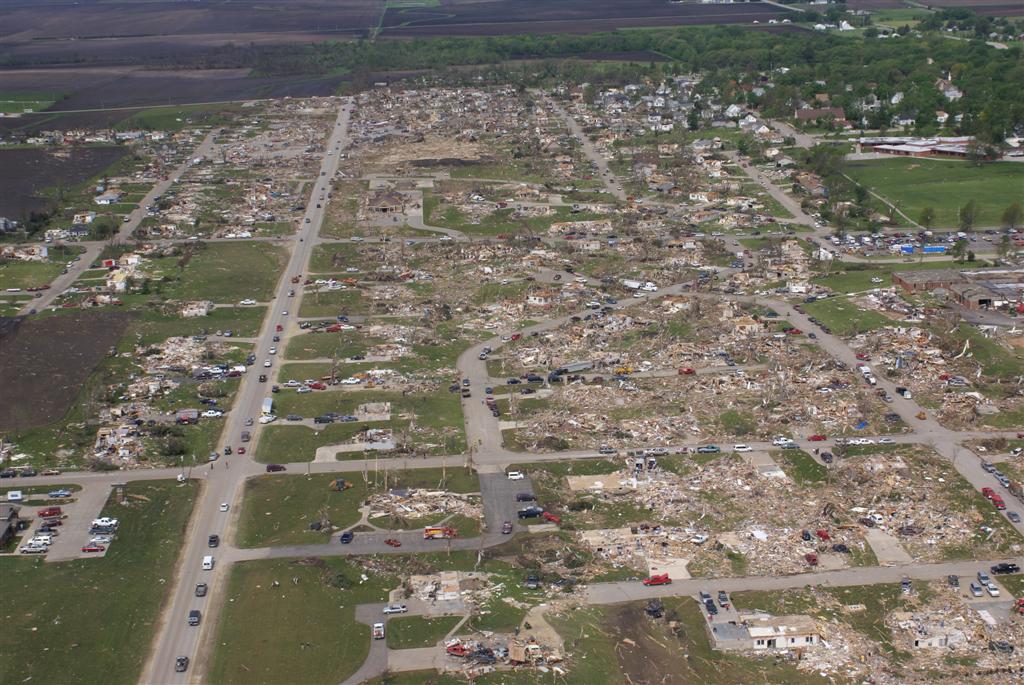
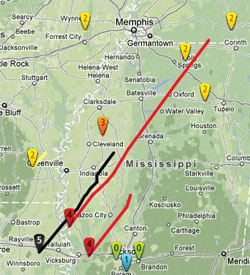
Wonderful goals! This novice is excited to learn more and possibly contribute (survived the 2011 Joplin tornado) to this worthy project!!